The Coolest Wearable Technologies Making Waves At CES 2021
There were plenty of wearables on display at this year’s virtual CES, ranging from hearables and fitness trackers to smartwatches and augmented reality glasses.
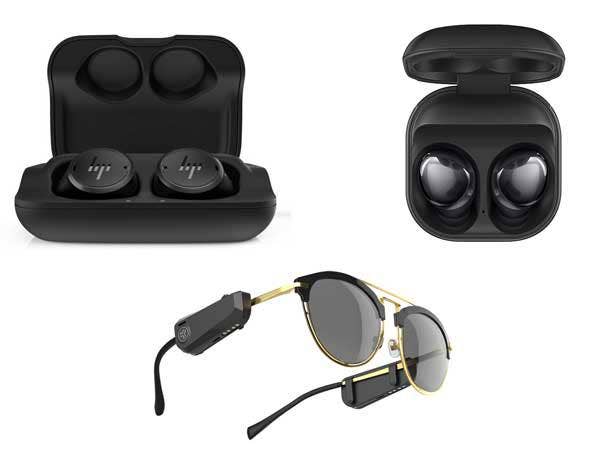
Wearables Are Real — Even At Virtual CES
Are wearables real if you can’t see them and wear them in person at CES? Fortunately, the answer is yes, they are very real, and there were plenty on display at this year’s virtual CES 2021.
Wearable technology on display at this year’s CES ranged from fitness trackers and hearables to smartwatches and augmented reality glasses.
[Related: 20 Hot New Products At CES 2021]
While many of the wearable devices are geared toward consumers, some of them are designed to address various health problems, including stress and urinary incontinence.
What follows are the coolest wearable technologies that made waves at CES 2021 this week.
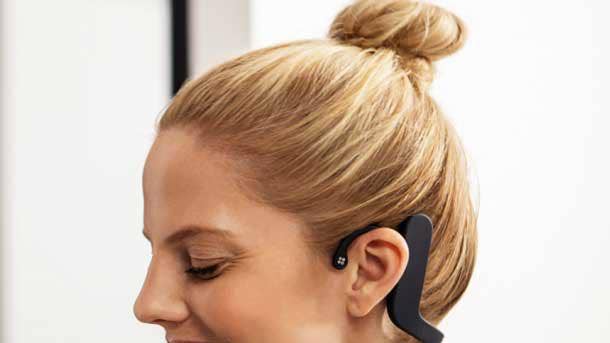
Cove
Cove is marketed as a “stress-canceling” wearable that sends gentle vibrations behind the ears to “activate the part of the brain that regulates emotions.” The device’s maker, Feelmore Labs, said Cove should be used 20 minutes a day to improve the user’s ability to deal with stress, and that it can be used during other activities. The company said Cove is based on research by experts in neuromodulation, mood disorders and sleep science. In clinical studies, the company said 90 percent of 3,500 participants using Cove reported 41 percent stress reduction and 50 percent sleep quality improvement. Cove connects to a companion app for setup and tracking use. The device is available now, and it costs $490.

Bioheart
The Bioheart is a personal heart monitor that vendor Biotricity calls an industry-first, providing individuals at risk for cardiovascular disease the ability to monitor and track heart performance. The device is worn using a breathable chest band, and it uses dry lead electrodes to collect ECG data. Biotricity said the device — which also collects data on respiration, physical activity and calorie burn — is the only one that provides continuous three-channel recording of ECG data, unlike other devices that only use one channel and do not record continuously. The device will be available for $199 in June.
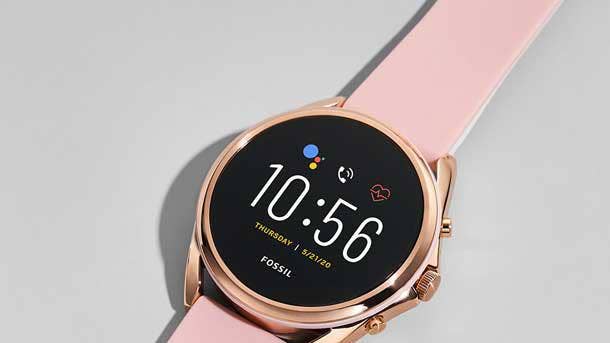
Fossil Gen 5 LTE Touchscreen
Fossil used CES 2021 to introduce its Gen 5 LTE Touchscreen Smartwatch, an Android-based device that is the company’s first product in the cellular wearables market. The Fossil Gen 5 LTE Touchscreen leverages LTE connectivity from Verizon, the Qualcomm Snapdragon Wear 3100 platform, and Google’s Wear OS to let users make calls and do texting without a mobile phone. When an additional data plan is purchased from Verizon, the watch can be synced to the user‘s mobile phone for voice and text using the same number as the mobile phone. The Gen 5 LTE Touchscreen Smartwatch can also be set up either in-store or remotely via the integrated eSIM chip.

Innovo
The Innovo is an FDA-approved, non-invasive wearable from Atlantic Therapeutics that uses neuromuscular electrical stimulation to exercise the pelvic floor to treat urinary incontinence and bladder weakness. Atlantic Therapeutics said 80 percent of Innovo users have reported a significant improvement in bladder issues after four weeks and 87 percent of users reported being dry or near dry after 12 weeks. The wearable is worn like a pair of shorts, and it comes with a handheld device for 30-minute Kegel exercising session. The device is available for $449.95.
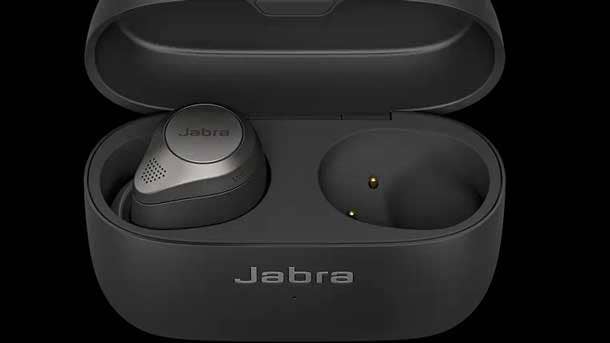
Jabra Elite 85t
Jabra showcased its Jabra Elite 85t wireless earbuds featuring Active Noise Cancellation, which can be adjusted from fully transparent to complete noise cancellation. The earbuds include six microphones and offers wind protection for clarity — plus it has a battery life of up to 5.5 hours. The Elite 85t earbuds can also be charged via their compact charging case or via a Qi-certified wireless charging device. At CES 2021, Jabra introduced four new colors for the earbuds — black, grey, gold/beige and copper/black—which join the previously released titanium black model. The ear buds cost $229.99.
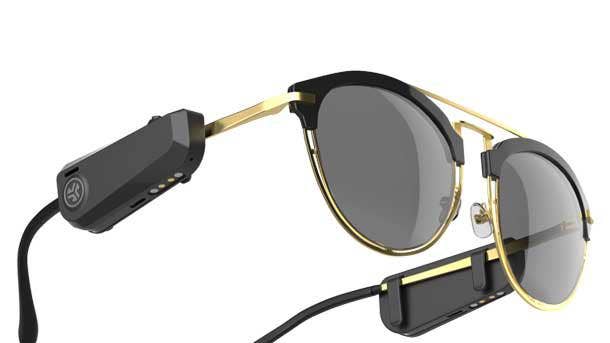
Jlab JBuds Frames
Jlab Audio used CES 2021 to introduce its new JBuds Frames, a device that discretely attaches to a user’s glasses to provide wireless stereo audio on the go. The JBuds Frames consist of two independently operating Bluetooth wireless audio devices, which include 16mm drivers that produce sound that can only be heard by the wearer, not by others. In addition, the device can easily be detached and mounted on other frames when needed. The device costs $49 and will be available in the spring.
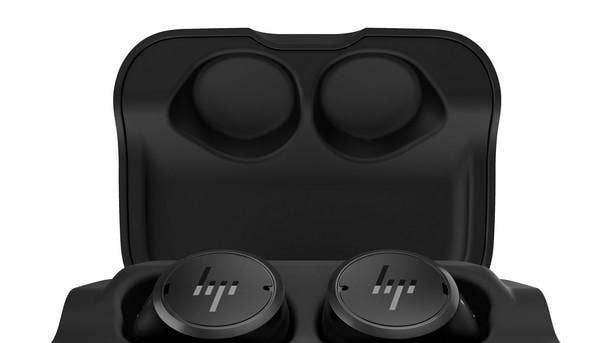
HP Elite Wireless Earbuds
HP used CES 2021 to launch its first-ever earbuds product, the HP Elite Wireless Earbuds, with a focus on enabling collaboration for business users. The earbuds offer Active Noise Cancellation, presets for different environments and customized sound tuning, using an app that calibrates the earbuds to the user’s hearing profile. The HP Elite Wireless Earbuds also feature the ability to connect to multiple devices—across Windows 10, iOS, macOS and Android—and enable simplified switching between devices. The HP Elite Wireless Earbuds are expected to be available in April.
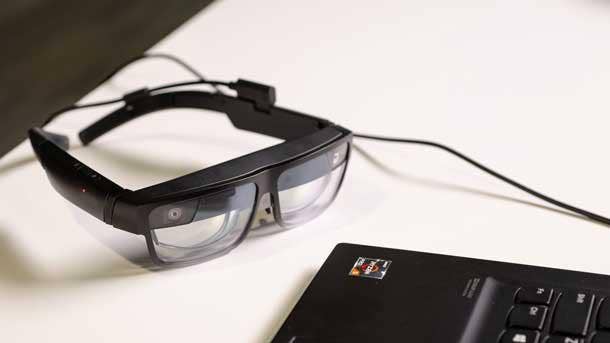
Lenovo ThinkReality A3
Lenovo used CES 2021 to launch a new version of its augmented-reality smart glasses, with the debut of the ThinkReality A3. The device is aimed at enabling improved workflows and training—for instance by overlaying information atop the real-world view to assist with the task at hand. The ThinkReality A3 represents “one of the most advanced and versatile enterprise smart glasses to come to market,” Lenovo says. The company announced several variants of the smart glasses, including the ThinkReality A3 PC Edition, which tethers to a Lenovo ThinkPad laptop or mobile workstation. This version of the smart glasses can display customized “virtual monitors,” which enable the use of Windows applications that are placed in the user’s field of view. The virtual monitors “expand the value of PCs, creating more productivity, privacy, and immersive experiences for industries like finance, architecture and engineering,” as well as for remote and mobile workers who have limited space, Lenovo said. Meanwhile, with the ThinkReality A3 Industrial Edition—which tethers to certain Motorola smartphones—provides AR support for tasks in challenging work environments. Lenovo ThinkReality A3 smart glasses are expected to be available in mid-2021.
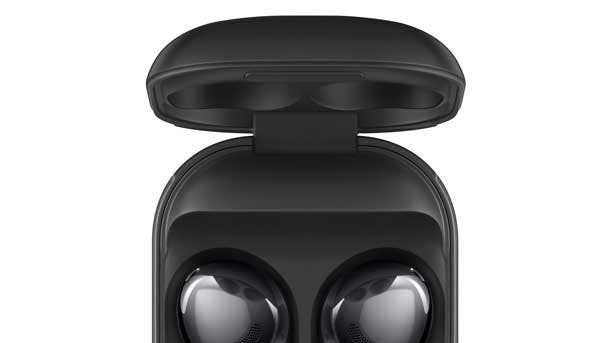
Samsung Galaxy Buds Pro
Along with unveiling its Galaxy S21 series, Samsung this week announced its latest pair of wireless earbuds, the Galaxy Buds Pro. With Active Noise Cancellation, an 11 mm woofer and a 6.5 mm tweeter, the Galaxy Buds Pro provide “Samsung’s best audio experience yet,” the company said. Several improvements with the Galaxy Buds Pro are targeted at those using the earbuds for work purposes, including with features such as a Voice Pickup Unit and the inclusion of three microphones to enable the user to be heard clearly. One mic on the earbuds comes with a high signal-to-noise ratio to further reduce background noise, while the Galaxy Buds Pro also come with Samsung’s “wind shield” technology. Another key feature is that the earbuds can detect when you are speaking—and can automatically turn down your music when you do so. On battery life, the Galaxy Buds Pro offer up to eight hours of usage on a charge, with 20 additional hours available in the charging case. The Samsung Galaxy Buds Pro are available starting today.
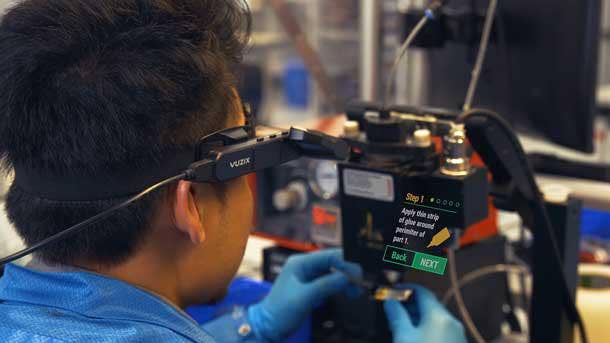
Vuzix M4000
Vuzix’s M4000 enterprise-focused smart glasses provide a completely non-occluded see-through heads-up display, making it seem as if the interface is in front of the user. The company accomplished this using optical waveguide technology, but the smart glasses comes with other improvements over previous models. The M4000 has increased processing power thanks to Qualcomm’s SXR1 chip, which comes with eight cores as well as more memory and storage. The smart glasses have also been ruggedized and waterproofed so that they can withstand a variety of harsh environments. The resolution has been increased, too, to 854 by 480 pixels. In addition, the camera has been improved for scanning and telepresence capabilities. Use cases include superior pose prediction and object classification. The M4000 is available now, starting at $2,499.99.